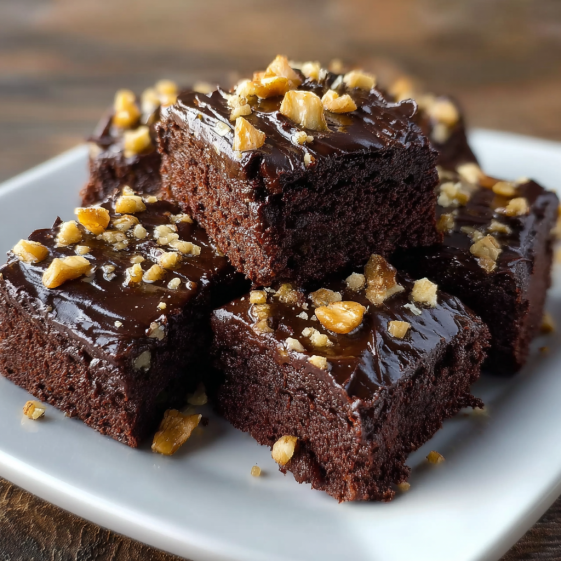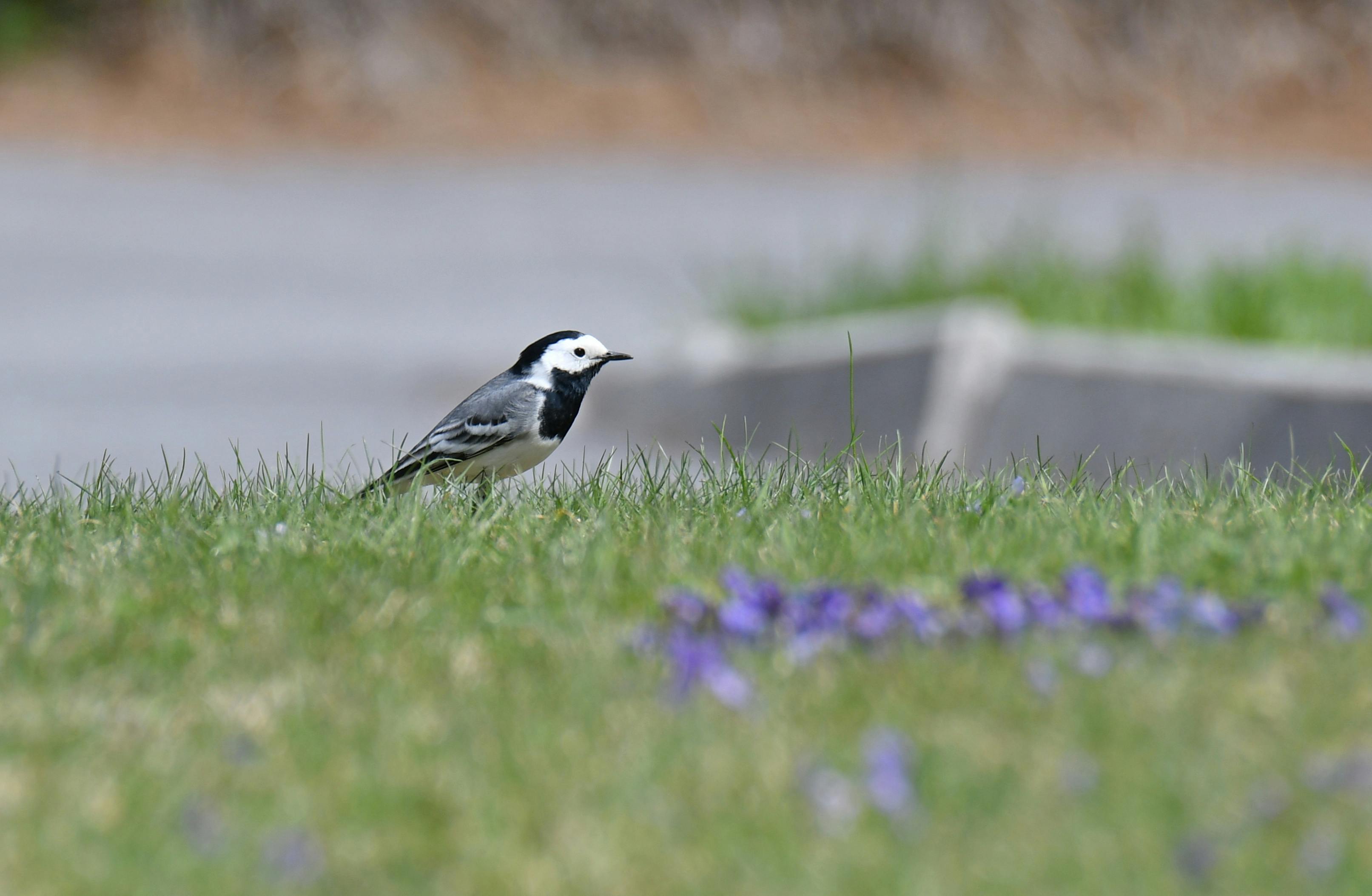 Bookmark
Bookmark
This vibrant Vietnamese pickled carrot and daikon recipe transforms the humblest root vegetables into a crisp tangy condiment that brings a zip of flavor to any dish. Perfect for layering in bánh mì sandwiches tucking alongside grilled meats or adding a pop of color to rice bowls this pickle is easy to whip up and keeps for weeks in the fridge.
I started making this pickle after my first homemade bánh mì and soon discovered how much it wakes up leftovers or any simple meal It became my go to for adding crunch and tang to so many plates.
Ingredients
- Carrots: bright color and natural sweetness I look for firm medium carrots with no soft spots
- Daikon radish: provides a juicy finish and unique flavor Choose a daikon that feels heavy for its size and has smooth white skin
- Vinegar: I favor rice vinegar for subtle sweetness but plain white vinegar works too opt for an unseasoned type for more control
- Sugar: balances the tang and softens the bite I use granulated sugar for the clearest brine
- Salt: brings out the flavor and helps crisp the vegetables Any fine sea salt works well
- Water: ties the brine together and helps dissolve seasonings Filtered water is best if your tap water is heavily chlorinated
Instructions
- Prepare the Vegetables:
- Peel both the carrots and daikon Cut each into matchstick sized pieces about three inches long and one quarter inch wide Uniform size makes sure each piece absorbs the brine and stays crispy Rinse well to remove any bitterness especially from the daikon
- Salt and Drain:
- Toss the cut vegetables with salt and let sit in a colander for twenty to thirty minutes This pulls out excess moisture and intensifies their crunch Afterward rinse the vegetables under cold running water and gently squeeze out any extra liquid
- Mix the Brine:
- In a small saucepan combine vinegar sugar salt and water Stir over medium heat until the sugar is fully dissolved Allow the brine to cool to room temperature warm brine softens the veggies faster while cold brine keeps more bite
- Pack the Jars:
- Layer the prepared carrots and daikon into clean glass jars I like to press them in without smashing to fit as much as possible Pour the cooled brine over the vegetables making sure they are submerged
- Pickle and Store:
- Seal the jars tightly and refrigerate The pickles taste fresh in just a few hours but best after twenty four hours for flavors to harmonize They continue crisping and developing for up to three weeks

Daikon is my favorite part of this pickle Its mild bite and juicy crunch remind me of the first time I tasted bánh mì at a tiny bakery in Hanoi Every crunch takes me back to that sense of discovery.
Storage Tips
Store these pickles in a tightly sealed glass jar and keep refrigerated The flavors are best during the first two weeks but I have happily used them up to four weeks after making Always use a clean utensil when serving to keep the brine clear and the vegetables crisp.
Ingredient Substitutions
If you cannot find daikon try using regular red radishes for a sharper flavor or even jicama for added sweetness Rice vinegar is traditional but you can swap in distilled white vinegar if needed Just avoid apple cider vinegar as its flavor overpowers the vegetables.
Serving Suggestions
Pile these pickles onto bánh mì add them to rice noodle bowls serve alongside grilled chicken or pork or even scatter over salads for crave worthy texture and zip My kids love snacking on them right from the jar.
Cultural Context
In Vietnam pickled carrots and daikon are a staple at family tables From simple rice meals to lavish gatherings their presence signals both hospitality and love of bright tangy flavors This tradition has turned humble garden roots into something greater than the sum of their parts.
Seasonal Adaptations
Use rainbow carrots for more color and sweetness if in season Try adding thinly sliced jalapeño or garlic to the brine for an extra kick Pickle turnip in place of daikon when daikon is not available
Success Stories
One summer I brought a batch of these pickles to a picnic and they vanished before the main course even arrived Now friends request a jar for potlucks and they have become a familiar tradition at our family BBQs Crisp tangy and unexpected these pickles are always a hit.
Freezer Meal Conversion
Pickled vegetables are best enjoyed fresh from the fridge and do not freeze well due to texture changes Instead make ahead and store in the refrigerator for lasting crispness and flavor

I learned the hard way that packing the veggies too loosely makes for pale bland pickles Press them in firmly the extra brine will easily fill the gaps and every bite will be flavor packed
FAQs About This Recipe
- → What cut of beef is best for beef bourguignon?
Chuck, brisket, or stewing beef work well as they become tender during long simmering and absorb flavor beautifully.
- → Which red wine should be used?
A dry, full-bodied red such as Burgundy or Pinot Noir enhances the richness without overpowering the dish.
- → How long should the stew simmer?
Simmer gently for two to three hours until the beef becomes tender and the flavors are well developed.
- → What sides pair well with it?
Mashed potatoes, buttered noodles, or fresh crusty bread are ideal for soaking up the flavorful sauce.
- → Can mushrooms be substituted?
Yes, other hearty vegetables like pearl onions or carrots can be added or swapped based on preference.
